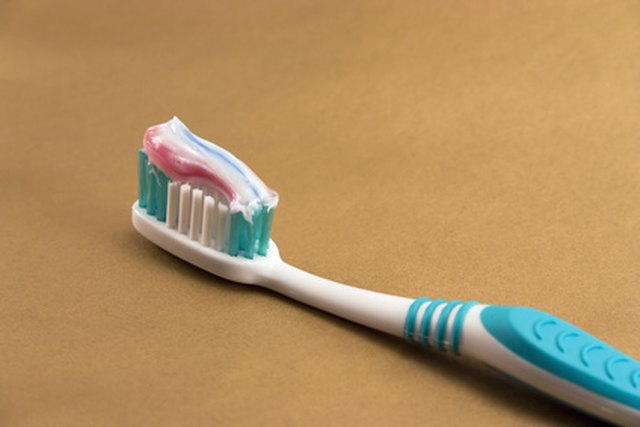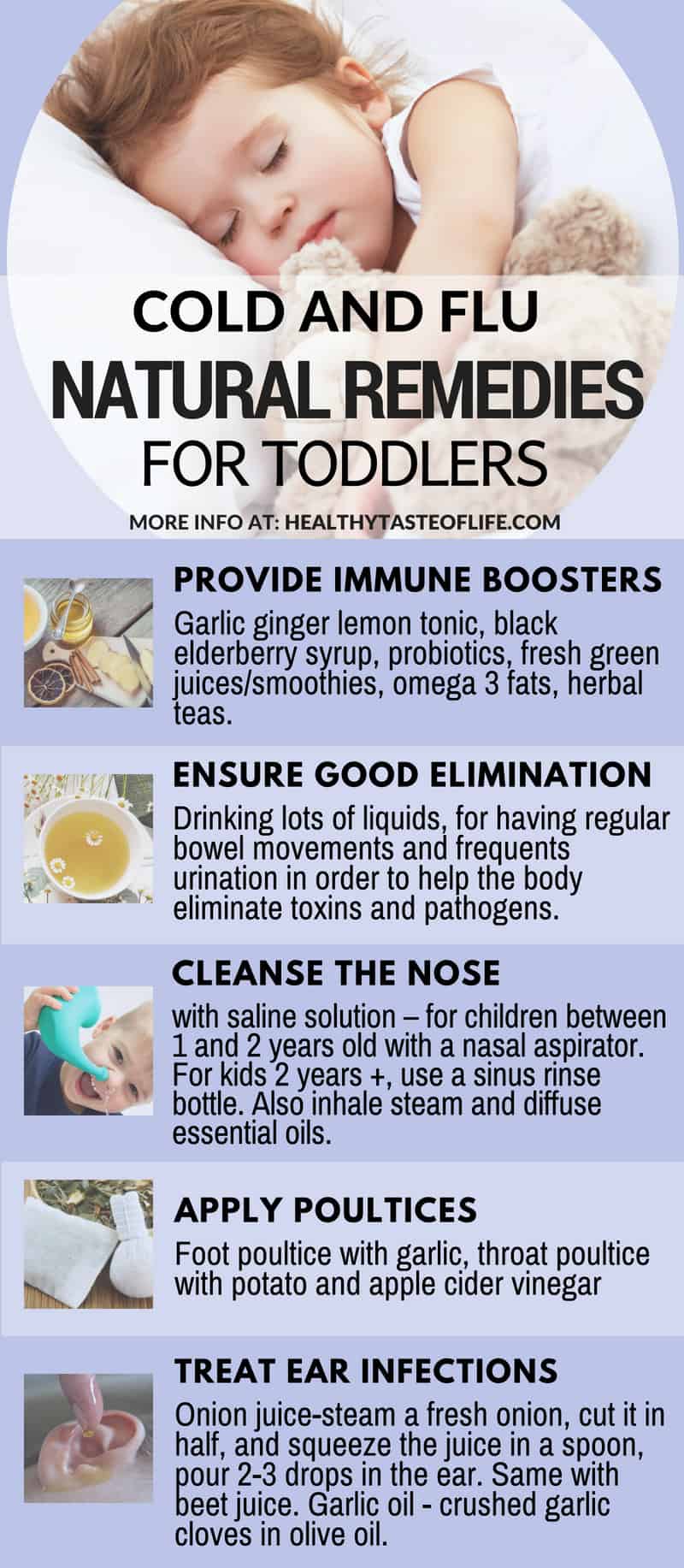Gum Disease Toothpaste

Gum disease, also known as periodontal disease, is a common and potentially serious condition that affects the gums and bone supporting the teeth. If left untreated, it can lead to painful and costly complications, including tooth loss. One key component in the prevention and management of gum disease is the use of a specially formulated toothpaste. When searching for a toothpaste to help combat gum disease, it’s essential to look for certain ingredients and characteristics that can help reduce inflammation, kill bacteria, and promote healing.
Understanding Gum Disease
Gum disease is primarily caused by the accumulation of plaque, a sticky film of bacteria, on the teeth. This plaque can lead to inflammation of the gums (gingivitis) and, if not addressed, can progress to periodontitis, a more severe form of gum disease that affects the bone and connective tissue supporting the teeth. Symptoms of gum disease include red, swollen, or bleeding gums, bad breath, loose teeth, and changes in the fit of partial dentures. However, many people with gum disease are asymptomatic, making regular dental check-ups crucial for early detection.
Key Ingredients in Gum Disease Toothpaste
To effectively combat gum disease, a toothpaste should contain ingredients that help reduce plaque, prevent gingivitis, and soothe the gums. Some key ingredients to look for include: - Stannous Acid: Known for its ability to prevent gingivitis and reduce plaque, stannous acid also has antibacterial properties that can help control bad breath. - Triclosan: An antibacterial agent that helps reduce gingivitis and prevent the growth of plaque and bacteria. - Essential Oils (e.g., Tea Tree Oil, Eucalyptus Oil): Certain essential oils have antimicrobial properties that can help reduce bad breath and plaque. - Chlorhexidine: A powerful antimicrobial ingredient often found in mouthwashes but also in some toothpastes, especially those designed for gum disease. However, it’s typically used for short periods due to potential staining of teeth.
Features of an Effective Gum Disease Toothpaste
Beyond the active ingredients, an effective toothpaste for gum disease should have certain features: - ADA Seal of Acceptance: This seal from the American Dental Association (ADA) indicates that the product has met certain standards for safety and effectiveness. - Gentle on Gums: While fighting bacteria and plaque, the toothpaste should also be gentle on the gums to avoid further irritation. - Tartar Control: Preventing tartar buildup helps prevent plaque from forming and can reduce the risk of gum disease progressing. - Low Abrasivity: To avoid damaging gums or tooth enamel, especially for people with sensitive teeth or gums, the toothpaste should have a low Relative Dentin Abrasivity (RDA) score.
Using Toothpaste as Part of a Comprehensive Oral Care Routine
While a toothpaste specifically designed to combat gum disease is a crucial component of oral care, it should be used in conjunction with other good oral hygiene practices: - Regular Brushing: Brush teeth at least twice a day with the appropriate technique and for the recommended 2 minutes. - Interdental Cleaning: Use floss or an interdental cleaner once a day to remove plaque and food particles from between the teeth. - Mouthwash: Consider using a mouthwash, especially one with antibacterial properties, to further reduce bacteria and plaque. - Regular Dental Check-ups: Visit a dentist regularly for professional cleanings and to catch any signs of gum disease early.
Addressing Misconceptions About Gum Disease
Some people believe that gum disease is a minor issue that only affects oral health. However, research has linked gum disease to various systemic conditions, including heart disease, diabetes, and respiratory infections. This underscores the importance of taking gum disease seriously and making proactive efforts to prevent it.
Prevention and Management Through Diet and Lifestyle
In addition to using the right toothpaste and maintaining good oral hygiene, dietary and lifestyle choices can also play a significant role in preventing and managing gum disease: - Balanced Diet: Eating a diet rich in fruits, vegetables, and whole grains can help keep your teeth and gums healthy. - Avoid Sugary and Acidic Foods: These can contribute to tooth decay and erosion, making teeth more susceptible to gum disease. - Stay Hydrated: Adequate hydration helps keep your mouth moist, which can help prevent plaque buildup. - Avoid Tobacco: Tobacco use is a significant risk factor for gum disease, so quitting tobacco can greatly reduce this risk.
Conclusion
Gum disease is a treatable condition, and using the right toothpaste is an important step in its prevention and management. By understanding the causes of gum disease, selecting a toothpaste with the right ingredients, and maintaining a comprehensive oral care routine, individuals can significantly reduce their risk of developing this condition. Remember, prevention is key, and early detection can make a significant difference in the outcome of gum disease treatment.
What are the early signs of gum disease?
+Early signs of gum disease include red, swollen, or bleeding gums, bad breath, and sometimes, changes in the fit of partial dentures. However, many people with gum disease are asymptomatic, making regular dental check-ups crucial for early detection.
How does diet affect gum disease?
+A diet high in sugars and acids can contribute to tooth decay and erosion, making teeth more susceptible to gum disease. On the other hand, a balanced diet rich in fruits, vegetables, and whole grains can help keep teeth and gums healthy. Staying hydrated is also important as it helps keep the mouth moist, preventing plaque buildup.
Can gum disease be reversed?
+Gingivitis, the early stage of gum disease, can often be reversed with professional treatment and good oral care at home. However, if gum disease progresses to periodontitis, the damage to the bone and connective tissue supporting the teeth may be permanent. Therefore, early detection and treatment are crucial to prevent long-term damage.

